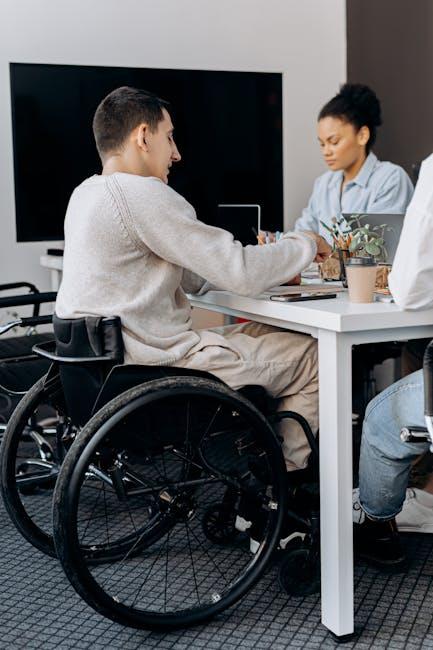Designing Inclusive Interfaces for Neurodiverse Audiences
As we move towards a more connected world, the importance of creating inclusive interfaces for neurodiverse audiences cannot be overstated. These interfaces are not just good for design-they are essential for providing equitable access to technology and information. In this comprehensive article, we’ll explore practical tips, benefits, case studies, and firsthand experiences that demonstrate how to effectively design for neurodiverse users.
Understanding Neurodiversity
Neurodiversity refers to the different ways people’s brains work, encompassing a range of conditions such as autism, ADHD, dyslexia, and more. Designing for these audiences means being mindful of their unique needs and challenges. An inclusive approach can lead to better user experiences, increased engagement, and improved accessibility.
The Importance of Inclusive Design
- Wider Reach: Designing with inclusivity allows you to tap into an often-overlooked user group, broadening your audience.
- Legal Requirements: Many countries have regulations requiring online content to be accessible, making inclusive design not just ethical but legally necessary.
- Enhanced Usability: Interfaces designed for neurodiverse users tend to be more user-friendly for everyone, promoting a better overall experience.
Benefits of Designing for Neurodiverse Audiences
| Benefit | Description |
|---|---|
| Improved Accessibility | Designs that cater to neurodiverse needs enhance usability for all users. |
| Increased Engagement | Users are more likely to engage with content that accommodates their preferences. |
| Better Brand Reputation | Brands that care about inclusivity build trust and loyalty among consumers. |
| Enhanced Innovation | A diverse user perspective fosters creativity and innovative solutions. |
Practical Tips for Designing Inclusive Interfaces
1. Simplify Navigation
Clear and simple navigation is vital. Users should be able to find what they are looking for without confusion. Consider incorporating:
- Large, easily identifiable menu buttons.
- Breadcrumbs for tracking location on the site.
- Consistent navigation patterns throughout the interface.
2. Use Thoughtful Color Schemes
Color sensitivity varies among neurodiverse individuals. Opt for:
- High contrast between text and background.
- Avoiding overly vibrant colors or flashy animations that may overwhelm.
- Providing options to switch to a simpler color palette.
3. Optimize Text for Readability
Text should be easy to read and comprehend. Implement the following practices:
- Use sans-serif fonts and maintain a minimum font size of 16px.
- Break up text with headings, bullet points, and images.
- Consider readability tools and plugins for better text formatting.
4. Incorporate Flexible Design Elements
Neurodiverse individuals benefit from customizable interfaces. Features to consider include:
- Adjustable text size and color contrast options.
- Toggle features that allow users to minimize distractions (like animations).
- Keyboard navigability as an alternative to mouse usage.
5. Include Clear Instructions and Feedback
Users should always know what actions they can take. Provide:
- Explicit instructions on how to use the interface.
- Visual or auditory feedback for actions taken (e.g., form submissions).
- Help sections or guides to assist in using features effectively.
Case Studies: Successful Inclusive Interfaces
Case Study 1: The “Calm” App
The Calm app, a meditation and relaxation tool, implemented features specifically for neurodiverse users. By allowing customization of sounds and visuals, the app caters to varied sensory needs. User testing revealed increased engagement and satisfaction from neurodiverse users, proving that thoughtful design leads to positive outcomes.
Case Study 2: Microsoft’s Accessibility Features
Microsoft has made significant strides in inclusive design, incorporating options such as text-to-speech and eye-control functionality in their products. These features empower neurodiverse users, improving usability and demonstrating a commitment to inclusivity.
First-Hand Experience: What Users Say
Listening to users is crucial in informing design decisions. Here are some insights from neurodiverse individuals:
- A user with ADHD highlighted the importance of simple interfaces that minimize distractions and keep them focused.
- A visually impaired user emphasized the value of compatibility with screen readers and the option for adjustable text sizes.
Conclusion
Designing inclusive interfaces for neurodiverse audiences is not just a trend-it’s a necessity. By adopting practical tips, understanding the needs of these users, and implementing features that promote accessibility, designers can create interfaces that are welcoming and usable for everyone. The benefits are clear: improved usability, enhanced engagement, and a greater sense of community. Together, let’s embrace inclusivity in design and make technology accessible for all.











